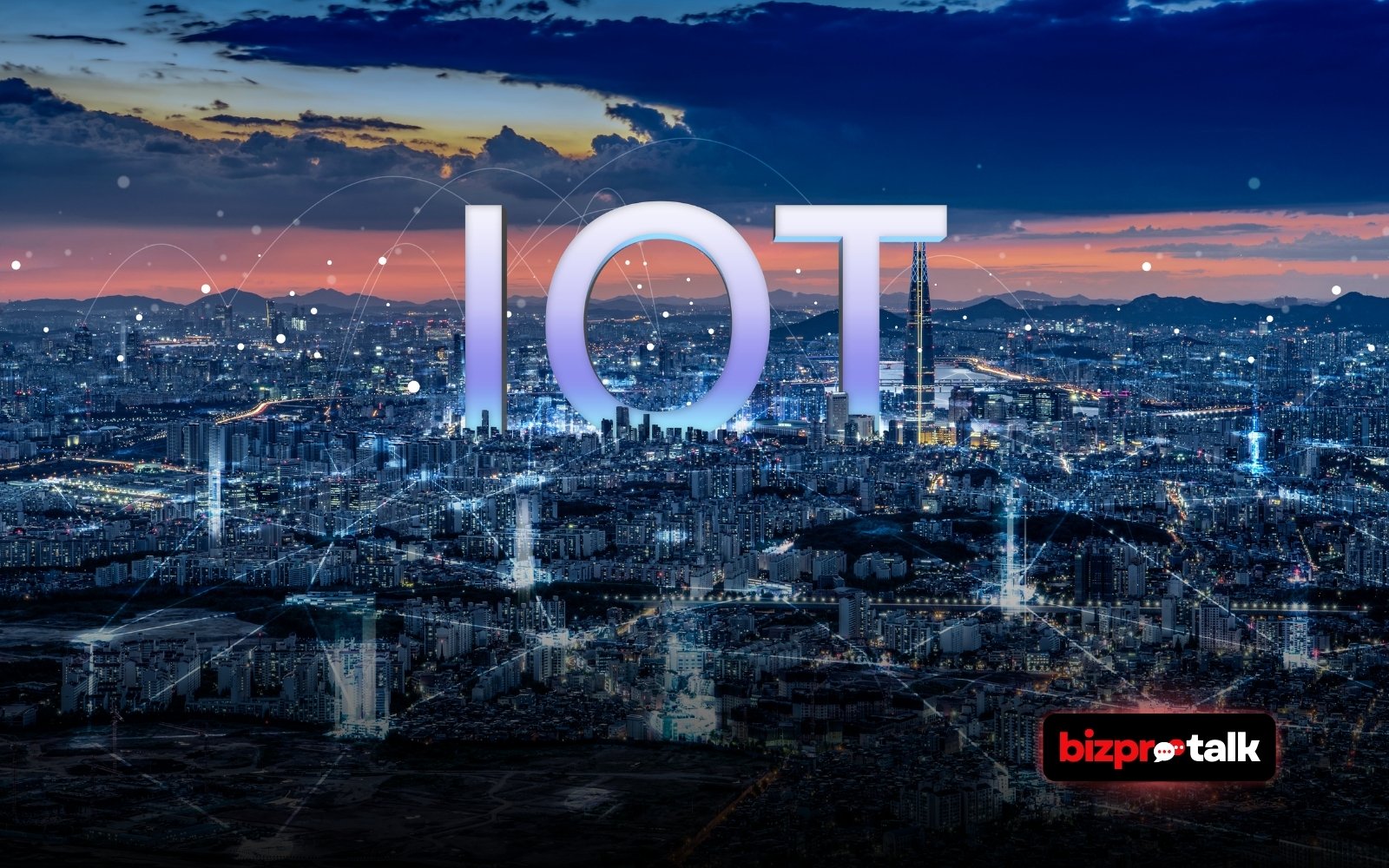IoT trends are rapidly transforming the way we live, work, and interact with technology. From smart homes and connected cars to healthcare and urban infrastructure, the Internet of Things (IoT) is influencing nearly every part of our daily lives.
The internet is no longer just about laptops and smartphones. It now connects everyday objects – including refrigerators, ACs, door locks, and even street lights. This growing network of connected devices is changing industries worldwide. According to IDC, by the end of 2025, there will be around 41.6 billion connected IoT devices, producing a massive 79.4 zettabytes of data.
To understand where the world is heading, let’s explore the top IoT trends for 2025 and what they mean for businesses and individuals.
IoT-Based Vehicle Tracking
IoT is playing a big role in the transport and logistics industry. With smart sensors and GPS systems, companies can now track their vehicles in real-time.
Benefits of IoT in vehicle tracking:
- Monitor driver behavior (speeding, sudden braking, idle time)
- Track fuel usage and route efficiency
- Schedule vehicle maintenance on time
- Reduce theft and unauthorized use
Fleet management companies are using IoT to improve delivery times and reduce costs. Delivery apps and ride-sharing platforms like Uber and Ola also depend on IoT for real-time updates and customer satisfaction.
Autonomous Vehicles Depend on IoT
Self-driving cars are one of the biggest innovations in recent years. These vehicles rely on IoT sensors to understand the road, detect obstacles, and make decisions. Companies like Tesla, Waymo, and Baidu are using thousands of IoT components inside a single autonomous car. This technology is only possible because of high-speed internet, sensors, cameras, and AI working together.
IoT-Based Smart Homes
Smart homes are becoming more popular every year. People want homes that are safer, more energy-efficient, and easier to manage. Smart home systems allow users to control appliances remotely using smartphones or voice assistants like Alexa or Google Assistant.
Common smart home devices include:
- Smart lights and fans
- Voice-controlled speakers
- Smart refrigerators and ACs
- Smart TVs and washing machines
- Doorbell cameras and motion sensors
For example, you can turn off your lights using your phone even if you’re not at home. You can get alerts when someone enters your house. You can even set your coffee maker to start brewing at a fixed time each morning.
Eco-Friendly Benefits
Smart homes also help in saving electricity and water. Automatic lights can turn off when no one is in the room. Showers can stop after a certain time. Smart thermostats reduce energy bills by learning your habits. This is not just about comfort – it’s also about sustainability.
IoT in Healthcare
The healthcare sector has seen massive changes with the help of IoT. This trend is known as the Internet of Medical Things (IoMT). Medical devices are now smarter and more connected. They can collect patient data and send it to doctors in real-time. This improves early diagnosis and treatment.
Examples of IoT in healthcare:
- Wearable fitness bands that track heart rate, steps, and sleep
- Smart blood pressure monitors
- Connected insulin pumps
- Remote monitoring devices for elderly care
- Emergency alert systems for heart patients
Market Insight:
According to Deloitte, the IoMT market was worth $41 billion in 2017, and it’s projected to grow to $158 billion in 2022, and even higher in 2025. Hospitals can now offer remote consultations, which became especially important during the COVID-19 pandemic. Doctors can monitor patients without them needing to visit the clinic. This saves time, reduces hospital visits, and lowers healthcare costs.
IoT and Smart Cities
Cities around the world are becoming smarter with the help of IoT. Governments are using sensors, cameras, and connected systems to improve urban life.
Key areas where IoT is used in smart cities:
- Smart traffic lights that reduce jams
- Smart parking systems that guide drivers to free spots
- Waste management sensors in public bins
- Smart streetlights that save energy
- Air quality monitoring sensors
By collecting and analyzing data in real-time, cities can respond faster to emergencies. For example, if an accident occurs, IoT systems can alert police, redirect traffic, and inform nearby drivers immediately.
Safety and Security
CCTV cameras connected with AI systems can detect unusual behavior or violence. Thermal scanners in public places improve safety during pandemics or health crises. In short, IoT helps build safer, cleaner, and more efficient cities.
Smart Devices and Wearables
Wearable tech is another area where IoT is growing fast. Millions of people around the world now use fitness trackers, smartwatches, and health monitors. These devices collect data about your body and daily activity, which helps users stay healthy and active.
Popular smart devices:
- Apple Watch
- Fitbit
- Samsung Galaxy Watch
- Oura Ring
- Whoop Band
These wearables can track:
- Sleep quality
- Blood oxygen level
- Body temperature
- Calorie consumption
- Heart rate during workouts
Work and Productivity
Many smartwatches also allow users to receive calls, respond to texts, and check emails – all without using their phones. This makes them useful in both personal and professional life. Businesses are also giving smart bands to employees to track health data and reduce insurance costs.
The Dark Side of IoT: Security Threats
While IoT brings many benefits, it also creates serious risks. Every connected device is a potential entry point for hackers. In 2019, 105 million cyberattacks were recorded on IoT devices – and the number is only rising. A hacked smart home or vehicle can cause real danger.
Risks include:
- Data theft from medical devices
- Hackers taking control of smart cars or drones
- Breaches in smart city infrastructure
- Invasion of privacy in smart homes
Tips to Stay Safe with IoT
To enjoy the benefits of IoT without facing the risks, it’s important to take basic safety measures.
How to protect your IoT devices:
- Always change the default passwords
- Keep your devices updated with the latest firmware
- Use strong Wi-Fi security (WPA3 is recommended)
- Limit access to unknown apps and permissions
- Avoid using outdated devices with no support
The Future is Connected
The Internet of Things is not just a buzzword anymore. It’s a reality that is shaping our homes, vehicles, hospitals, cities, and devices. In 2025, we will see deeper adoption of IoT across every industry. From smart homes to smart cities, from fitness wearables to life-saving medical tools – IoT will be everywhere. But with great power comes great responsibility. As users, businesses, and governments, we must take strong steps to secure this connected world. The future of IoT is bright – but only if we build it the right way.












